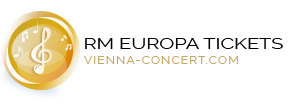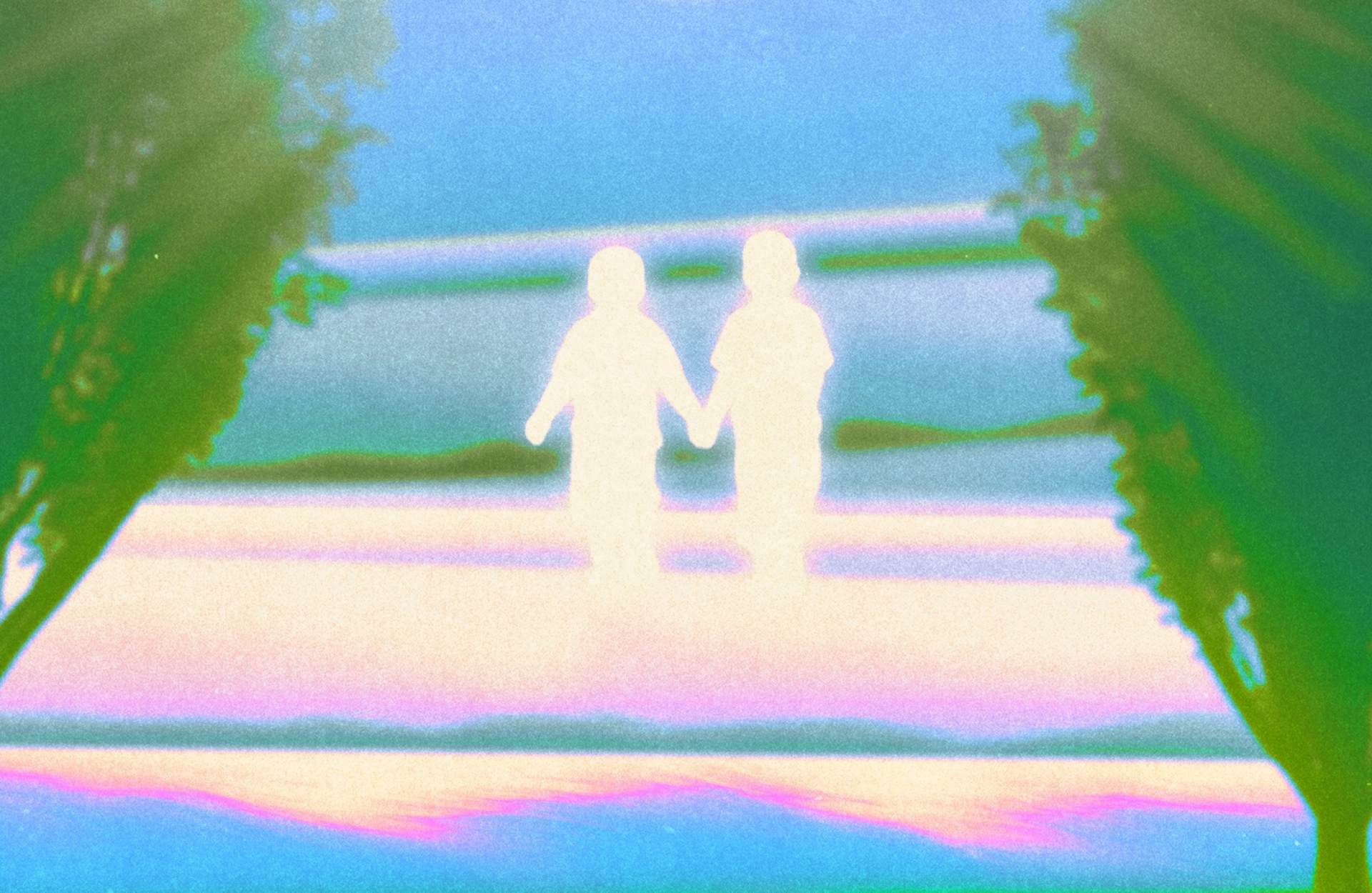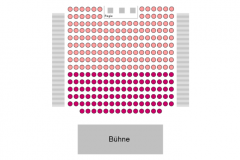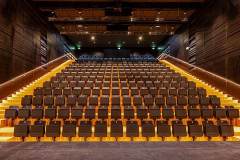Says the Whale to the Tuna
Mo | Tu | We | Th | Fr | Sa | Su |
"SAYS THE WHALE TO THE TUNA", after Carsten Brandau
In this newly composed opera, children and adults immerse themselves together in the magical universe of I, YOU and NOE.
The two beings YOU and ME discover their affection for each other in a playful exchange. But then it starts to rain heavily and a spaceship lands, whose captain NOE announces a deluge. YOU and I can't swim, but NOE only takes musicians on board his intergalactic rescue spaceship: "Two of each instrument." Only when YOU makes him laugh with the joke "Says the whale to the tuna..." is NOE prepared to let YOU on board. ME, who fails to do so, is left behind alone. Will DU leave it out in the rain?
"‘Says the whale to the tuna: What should I do? Fish? Says the tuna to the whale: You have a choice! Fish!’ — DU tells NOE a joke"
Numerous theaters have developed the play, and now it can be experienced as an opera for the first time. Carsten Brandau worked closely with the composer Thierry Tidrow on the text version. The often naively loving, then sarcastic, but always humorously poetic dialogues between the three characters are transformed into vocal and instrumental sound magic. In the delicate dialogical interplay between YOU and ME, a duet of harmonies, melodies and rhythms unfolds from childlike beginnings, combining with the woodwind, percussion and string sounds of the orchestra.
"Music is already a major theme in the original play. In the delicate dialogical interplay between YOU and ME, a duet of harmonies, melodies and rhythms unfolds from childlike beginnings, combining with the woodwind, percussion and string sounds of the pit orchestra. With the landing of NOE and his band, a second small orchestra with its own bombastic and contrasting soundscape breaks into the action. Instead of animals, NOE collects musicians in his intergalactic spaceship: "Two of each instrument." He wants to "make the stars dance" with his band. But ME and YOU are not musicians and what's more: "The band is complete and the dry boat is full." Here, music becomes a privilege and leaves the two heroes ICH and DU in the lurch. Will they manage to save and maintain their harmony?" (Thierry Tidrow)
In Sagt der Walfisch zum Thunfisch, Carsten Brandau poses central questions on which coexistence on our endangered planet is based: What makes us afraid? And how can we overcome and conquer this fear together and by being together? The author himself says about his play: "Sagt der Walfisch zum Thunfisch is a play about belonging and exclusion, about the power of a joke and the necessity of love. About the future of music and the power of theater. Because Sagt der Walfisch zum Thunfisch is a play about you and me - and if we don't give the rain a voice, the deluge will fail."
Program and cast
Duration: approximate 65 minutes, no intermission
NEST New State Opera Vienna
Can the Vienna State Opera be reinvented? Perhaps, but it can - and must - be constantly rethought. Rethinking it means making it even more diverse, even more inviting, even more open. You can think of it as an additional venue, a place created especially for children, young people, young adults and families. And it is precisely this idea that we will realize on 7 December 2024.
On this day, a new state opera house will open with its own very rich program - around 100 events on stage in the first season and 80 dates for a wide variety of workshops, for creating, discussing and getting to know each other. A place for everyone who is young and curious - or has remained so! - and want to get involved in something that can be life-changing. In other words, new music theater in its most diverse forms and ramifications, accessible to everyone without any barriers.
It has long been clear that such a venue is needed. Even such a large repertoire house as the Vienna State Opera, with its uniquely broad international offering, reaches its limits when it comes to expanding its repertoire. The Haus am Ring already stages well over 300 performances every season, and it is hardly possible to add substantially more in one house. And if you are really serious about a comprehensive, consistent and continuous program for the younger generations, then you need more than a few additional performances of the notoriously sold-out children's and youth operas. A younger audience is also entitled to an appropriate offering, and not in order to attract the much-vaunted audience of tomorrow, but because the State Opera wants to be there for everyone and every generation has the right to its own theater.
But being serious also means that the new venue should really "play all the tunes". Acoustically as well as technically and spatially. In other words: a real theater, with a stage, orchestra pit, dressing rooms and everything else that goes with it. Many a place has been tested in recent years, some things would only have been possible with almost unimaginable effort, others would not have allowed the artistic freedom we are talking about. It was therefore extraordinarily fortunate that a suitable venue was found not far from the Vienna State Opera, in the Künstlerhaus - and with it a patron who made the project possible in the first place.
What followed was the happiness of planning, dreaming and conceptualizing. Gradually, a musical theater landscape emerged in which Peter and the Wolf meets Twilight of the Gods and Karl Kraus meets the Turkish pop star Gaye Su Akyol. In between, theater maker Jan Lauwers, the opera school, workshops, Georg Nigl & Nikolaus Ofczarek, Nick-Martin Sternitzke, dance karaoke and the young Austrian composer Hannah Eisendle. We have set out to cover as much ground as possible, to offer a program for schools as well, to invite people to watch and participate, to encourage reflection and celebration. Ideally, the program will develop an irresistible pull that draws you into the world of musical theater. And: our first program already offers more premieres and first performances than ever before in a season in the 150-year history of the Haus am Ring.
Our theatrical dreams are now becoming reality. And, we hope, also part of your reality!
ABOUT THE BUILDING
HISTORY
- The Wiener Künstlerhaus was built on Karlsplatz between 1865 and 1868 - at the same time as the Ringstrasse was opened as a prestigious boulevard by Emperor Franz Joseph I (1865) and the Vienna State Opera was completed as the Imperial and Royal Court Opera (1869). Court Opera was completed (1869)
- In 1881, the "French Hall" was added to the Künstlerhaus to accommodate the First International Art Exhibition
- This so-called "French Hall" was used in a variety of ways until 2017 - the Vienna State Opera performed here in 1987 for the Austrian premiere of The White Rose by Udo Zimmermann
- From 2023, the "Französischer Saal" was extensively renovated to enable opera performances to be staged here
- Among other things, two basement floors were built to create more space for the audience and artists!
- A workshop room was built on the 3rd floor
REACH US BY
Adress: Nest- New State Opera In The Künstlerhaus, Karlsplatz 5, 1010 Vienna
SUBWAY: U1, U4, Karlsplatz
STREETCAR: 1, 2, D, 62, 71, Badner Bahn, Karlsplatz
BUS: 4A, 59A, Karlsplatz
LOCAL RAILROAD: Badner Bahn, Karlsplatz

 EN
EN DE
DE IT
IT FR
FR ES
ES RU
RU JP
JP RO
RO
 Seating plan
Seating plan 